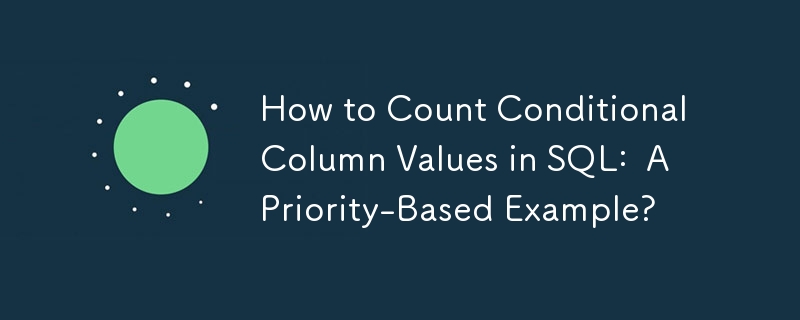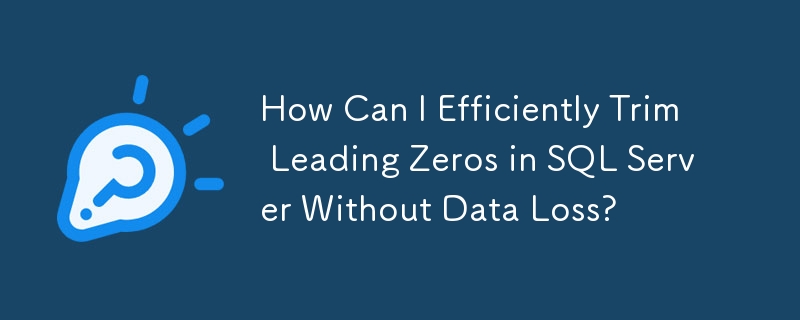Found a total of 10000 related content
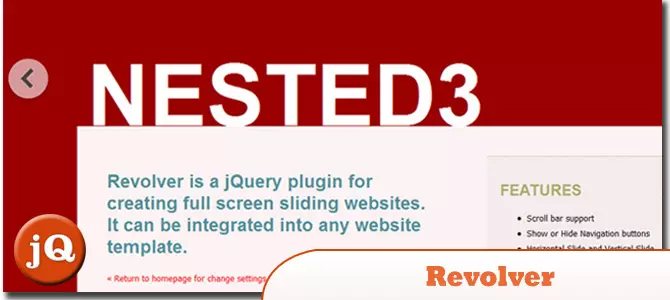
12 jQuery Fullscreen Plugins
Article Introduction:12 amazing jQuery full screen plug-ins to create a fascinating website!
Sometimes, full-screen websites are really cool! If a website looks plain, how long do you think visitors will stay? So, we have prepared some good stuff to help you: 12 jQuery full-screen plugins that give your website a stunning full-screen responsive effect! These plugins will add extraordinary visuals to your website. Ready?
Related recommendations:
100 jQuery picture/content slider plug-ins
30 jQuery responsive layout plug-ins
Revolver
A jQuery plugin for creating full-screen sliding websites. It can be integrated into any website template.
Source code
2025-02-25
comment 0
573
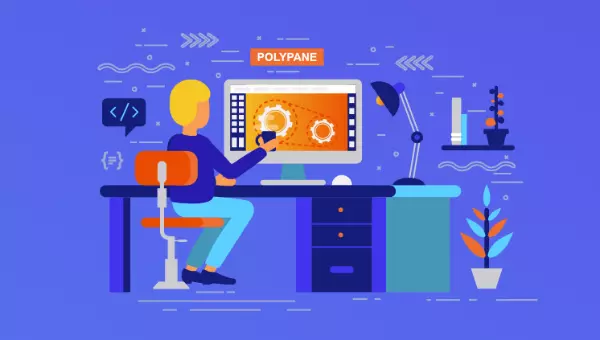
Meet Polypane, a Browser That Makes You Five Times Faster
Article Introduction:Polypane: A multi-screen browser specially designed for efficient web development
Core advantages:
Multi-screen synchronous view: Polypane subverts tradition and uses multi-screen views to simultaneously show the website's effect under different screen sizes, significantly improving the efficiency of responsive design.
Integrated development tools: Built-in powerful development tools, including real-time reloading, CSS debugging, barrier-free testing, full-screen screenshots, device simulation, etc., simplifying the development process and improving productivity.
Significantly improve efficiency: Research shows that developers using Polypane are 3 to 10 times more efficient, and significantly reduce the workload of bug fixes after going online.
As developers, we pursue efficient tools. We carefully select keyboards and code editors
2025-02-14
comment 0
1130

The `allowfullscreen` Attribute for Iframes
Article Introduction:The allowfullscreen property is used for labels, allowing embedded content to be displayed in full screen. Common writing methods include allowfullscreen, allow="fullscreen" and allow="fullscreen;autoplay;encrypted-media", etc. It is recommended to use the standard writing method allow="fullscreen". If the full screen function does not take effect, it may be due to browser restrictions, parent page permission settings, or the content itself does not support it. In addition, you can finely control permissions through the allow attribute, such as allow="full
2025-07-17
comment 0
928

How to use media queries for responsive design
Article Introduction:Media query is the basic tool for responsive website design, enabling multi-device compatibility by switching styles based on device characteristics (such as screen width). Its basic syntax is @media media type and (condition){CSS rules}, for example, using @mediascreenand(max-width:767px) to adjust the style of the small screen. It is recommended to adopt a mobile priority strategy, first define the mobile phone style and then gradually adapt to a larger screen. Pay attention to when using: ① Select a general breakpoint instead of a specific device size; ② Set the viewport meta tag to ensure that the mobile terminal takes effect; ③ Avoid relying solely on browser zoom tests; ④ Only modify the styles that need to be adjusted in media queries. Mastering media queries helps build a responsive layout with clear structure and easy to maintain.
2025-06-30
comment 0
504

Customizing controls for native HTML5 media players.
Article Introduction:To customize HTML5 media player controls, 1. First remove the native controls, remove the controls attribute or set to false; 2. Create custom UI elements such as buttons and progress bars, and use JavaScript to bind events to achieve playback/pause function; 3. Use the timeupdate event to update the playback progress and allow the user to drag and jump; 4. Use the requestFullscreen method to achieve full screen switching; 5. Full control of the style through CSS and adapt to responsive layout.
2025-07-02
comment 0
873
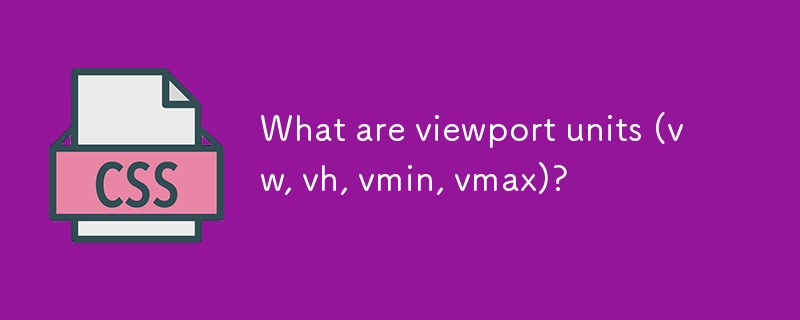
What are viewport units (vw, vh, vmin, vmax)?
Article Introduction:Viewport units are relative units based on browser viewport size in CSS, used to create responsive layouts. 1. vw and vh represent 1% of the viewport width and height respectively. For example, 10vw is 10% of the width and 20vh is 20% of the height, which is suitable for full-screen display or fixed proportional elements; 2. vmin and vmax are calculated based on the smaller or larger edges of the viewport. For example, vmin equals vh and vmax equals vw in landscape screen, which is suitable for adapting to different screen directions; 3. Usage techniques include setting responsive fonts with vw (with media query limit range) and 100vh to implement full-screen blocks, but it is necessary to note that the mobile address bar affects the visual area, which can be solved by 100dvh or JavaScript.
2025-07-11
comment 0
742

How to use the srcset and sizes attributes for responsive images?
Article Introduction:srcset and sizes are key properties used in HTML for responsive images. 1.srcset provides multiple image versions for the browser to choose, such as pictures of different widths or pixel density; 2.sizes tells the browser the display width of the picture under different screen conditions, helping the browser to select the most suitable image resource based on the viewport size and device pixel ratio; 3. When using it, you should prepare multiple sizes of pictures, clearly named, test device behavior, pay attention to performance trade-offs, and retain fallback's src pictures to ensure compatibility and default display effect.
2025-07-09
comment 0
446

How do media queries enable responsive web design for different screen sizes and devices?
Article Introduction:Media query is a CSS feature that allows different styles to be applied according to the screen size, resolution, or direction of the device, thereby enabling responsive web design. Its core function is to optimize the layout display effect on different devices through condition judgment. For example, hide the menu to fit the mobile device when the screen width is less than 768px. It helps developers adjust layout structure, font size, element visibility and image switching without modifying HTML. Typical application scenarios include adaptation of mobile phones (480px), tablets (768px), and desktop devices (1024px or 1200px). It is recommended to adopt a mobile-first strategy and flexibly set breakpoints in combination with content needs. When using it, you need to pay attention to testing the actual screen width and reasonably matching min-widt
2025-06-17
comment 0
280

Can you style the default video controls?
Article Introduction:How to customize browser video controls? The answer is that it can be achieved by hiding the default controls and building the UI layer by yourself. 1. First remove the default controls in HTML and use CSS selectors such as #myVideo::-webkit-media-controls to hide native controls; 2. Then create custom elements such as play/pause buttons, progress bars, volume control, etc.; 3. Control video behavior through JavaScript binding events, such as play() and pause() methods; 4. Recommend complete customization for better compatibility and functional expansion, including adding full-screen switching, time display and other functions; 5. Pay attention to different browser styles of pseudo-class selectors, such as WebKit::-web
2025-06-30
comment 0
351
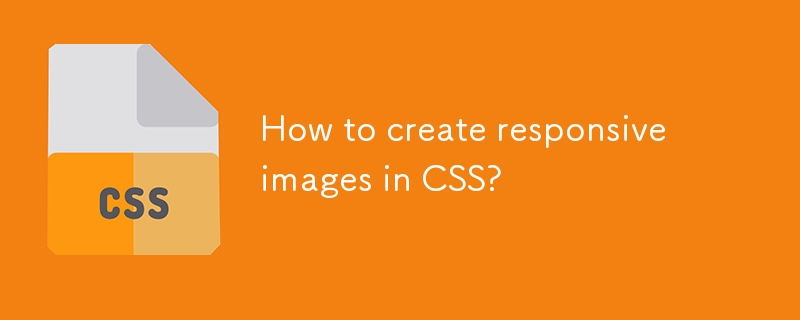
How to create responsive images in CSS?
Article Introduction:The core of the implementation of responsive images is to use HTML's srcset and sizes attributes to match CSS styles. 1. Use srcset to specify multiple pictures of different sizes and mark their widths (such as 480w, 800w, 1200w), so that the browser can automatically select the most suitable picture according to the viewport width; 2. Define the display ratio of the picture under different screen sizes through sizes, for example, "(max-width:600px)100vw" means that the small screen occupies the full viewport, otherwise it will occupy half of the width; 3. Set img{max-width:100%;height:auto;} in CSS to ensure that the picture is adaptable to the container and maintain the proportion; 4. Optionally, in srcset
2025-06-28
comment 0
715
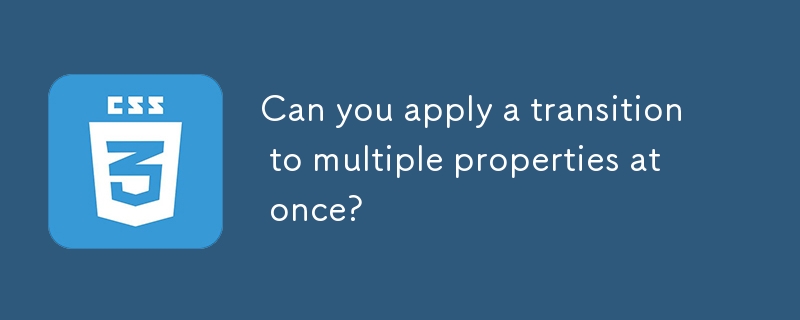
Can you apply a transition to multiple properties at once?
Article Introduction:The key to using one line of code to transition multiple attributes is to correctly use the abbreviation of transition attributes and pay attention to performance and compatibility. The specific methods are: 1. Use the all keyword to set the transition of all attributes uniformly, such as transition: all0.3sease; 2. Clearly list multiple attributes that need to be transitioned and set parameters separately, such as transition: background-color0.3sease, border-radius0.3sease; 3. Common application scenarios include button hovering effect, menu expansion/collapse and responsive layout switching; 4. Pay attention to avoid unnecessary attributes for transition, consider browser compatibility, and identifying them that cannot be passed.
2025-07-01
comment 0
899

Implementing Responsive Images using HTML Picture Element
Article Introduction:Elements are a native way to implement responsive images in HTML5. It allows the most appropriate image resources to be loaded according to factors such as the screen size, resolution, and direction of the device. Define multiple image sources and their corresponding media query conditions through tags. The browser will match and load pictures that meet the conditions in order, and finally use the tag as the default fallback. For example: when the device width is greater than or equal to 1024px, medium.jpg is loaded between 768 and 1023px, small.jpg is loaded if the device width is greater than or equal to 1024px. Compared with srcset, it provides more refined control capabilities, such as adapting to Retina screens, horizontal and vertical screen switching, completely different picture content, etc. Media checks should be set reasonably when using
2025-07-10
comment 0
455

What are some common CSS debugging techniques using browser developer tools?
Article Introduction:The key to debugging CSS is to use the browser DevTools to view and modify styles in real time, check box models, find hidden styles, and simulate different device statuses. 1. In the "Elements" panel, you can click on the element to view the style of the application, double-click to modify and preview the effect in real time. The crossed style indicates that it is overwritten, and priority needs to be checked; 2. Check whether the settings of margin, padding, border and box-sizing are reasonable through the bottom box model diagram; 3. Use the "Computed" panel to view all the styles that take effect, and trace the source; 4. Use the device simulation function to switch screen size and trigger hover, focus and other statuses to facilitate responsive debugging; 5. You can also temporarily
2025-06-19
comment 0
422

Using HTML5 Source Set for Responsive Images (srcset)
Article Introduction:How to implement responsive image loading on different devices? Use HTML5's srcset and sizes properties. The specific methods are: 1. Prepare pictures of multiple sizes and mark the width with w units; 2. Define the viewport ratio of pictures under different screen widths in sizes, such as (max-width: 600px)100vw; 3. Pay attention to setting DPR high-definition adaptation, such as 1x/2x descriptor; 4. Always keep src as a compatibility solution; 5. Plan the image size according to the device breakpoint, such as 480px/768px/1024px, etc.; 6. Test the loading effect of each size through the developer tool. This ensures that the browser accurately selects the best picture, taking into account loading speed and display quality.
2025-07-05
comment 0
439
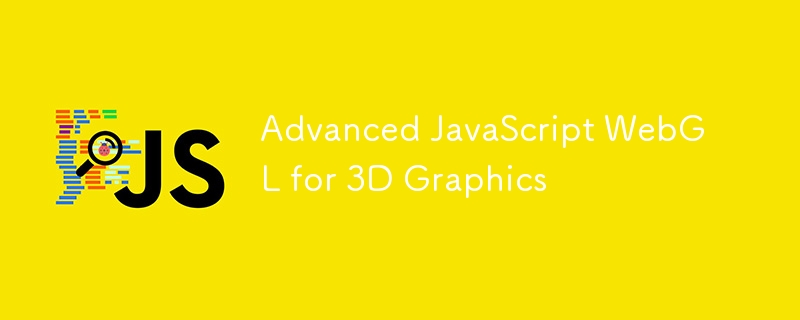
Advanced JavaScript WebGL for 3D Graphics
Article Introduction:This article explains the advanced techniques and optimization strategies of WebGL in depth, aiming to improve 3D graphics rendering performance and development efficiency. First of all, it is crucial to understand the mechanism of WebGL as a state machine. Properly managing state switching, avoiding frequent enable/close functions, and using encapsulation functions to control states can reduce errors and improve performance. Secondly, the post-processing effect is achieved through frame buffering (FBO). The steps include creating and binding the frame buffer, attaching colors and depth textures, rendering the scene to texture, and then post-processing on the full-screen quadrilateral, which is suitable for blur, glow, HDR and other effects. Third, using glslify and other tools to organize GLSL code, modular common functions such as Phong lighting model, and unified management of shader compilation process will help
2025-07-20
comment 0
729


Dave The Diver: How To Catch Spider Crabs
Article Introduction:In Dave The Diver, there are some creatures that are not easy to catch. Or, catch alive that is. The spider crab is one of those very species, making it seem like the only way to bring these crustaceans back up to land is to viciously crack them up w
2025-01-10
comment 0
835
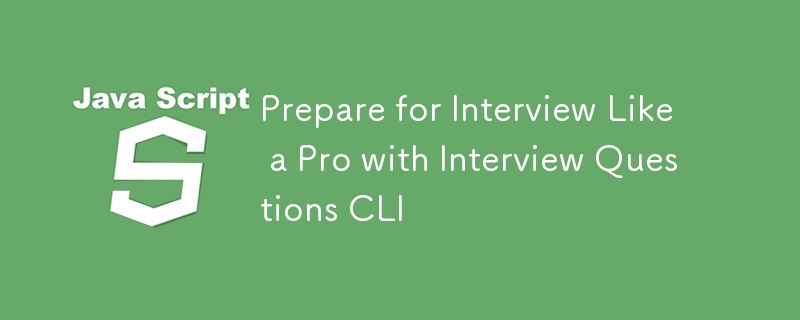
Prepare for Interview Like a Pro with Interview Questions CLI
Article Introduction:Prepare for Interview Like a Pro with Interview Questions CLI
What is the Interview Questions CLI?
The Interview Questions CLI is a command-line tool designed for JavaScript learners and developers who want to enhance their interview
2025-01-10
comment 0
1468

















